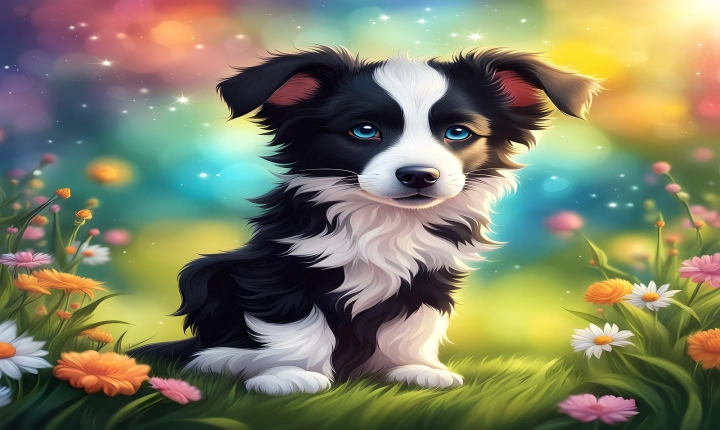Title: How to Draw a Galaxy in Adobe Illustrator
If you’re looking to add a touch of cosmic beauty to your designs, learning how to draw a galaxy in Adobe Illustrator can provide you with the creative freedom to include stunning space-themed elements. Creating this celestial wonder can seem daunting, but with the right techniques, you can easily accomplish a breathtaking galaxy illustration. Here’s a step-by-step guide to help you achieve this captivating effect.
1. Setting up the Document:
Start by launching Adobe Illustrator and creating a new document. Choose the size and proportions that best fit the needs of your project.
2. Creating a Background:
Create a dark background by selecting a dark color and applying it to the artboard. This will serve as a canvas to build your galaxy effect on.
3. Using Ellipse Tool:
Select the Ellipse Tool from the toolbar and draw a few ellipses of varying sizes and colors to represent the stars in the galaxy. Place them randomly across the artboard.
4. Applying Gaussian Blur:
After placing the stars on the artboard, use the Selection Tool to select all the ellipses and then go to Effect > Blur > Gaussian Blur. Adjust the slider to create a soft, diffused appearance for the stars, creating a realistic glowing effect.
5. Adding Nebula Clouds:
To create the nebula clouds in the galaxy, use the Blob Brush Tool to draw irregular shapes in different vibrant colors. These shapes will form the base of the colorful cloud formations in the galaxy.
6. Blending Colors:
Once the shapes are drawn, select the Blend Tool from the toolbar and click on one shape and then another to create a smooth transition between the colors, mimicking the gradient effect seen in nebula clouds.
7. Adding Detail and Texture:
Use the Pen Tool to create intricate patterns and swirls within the cloud formations, adding depth and texture to the galaxy illustration.
8. Creating a Spiral Galaxy:
For a spiral galaxy effect, draw a central ellipse and then create spiral arms using the Pen Tool. Add a gradient to the spiral arms to give them a three-dimensional appearance.
9. Enhancing the Overall Effect:
To enhance the overall effect, experiment with blending modes, opacity, and layering to achieve the desired depth and color variation. Incorporating stars, planets, and other space elements can further elevate the visual impact of the galaxy illustration.
10. Final Touches:
Finally, take the time to fine-tune the details, adjust the colors, and add any additional elements to complete the galaxy illustration.
By following these steps and experimenting with different tools and effects in Adobe Illustrator, you can create a stunning and realistic galaxy illustration. With practice and creativity, you’ll be able to incorporate this celestial beauty into various design projects, adding a touch of cosmic wonder to your work. So, go ahead and let your imagination soar through the cosmos as you master the art of drawing galaxies in Adobe Illustrator.
